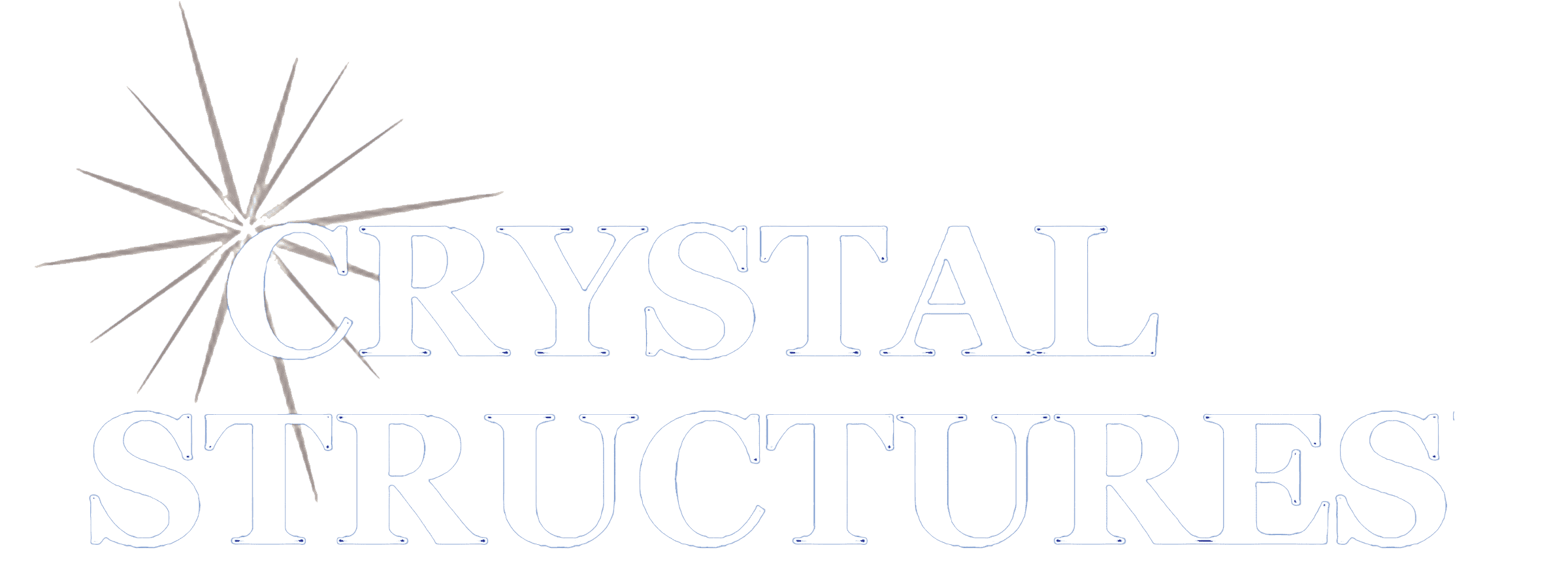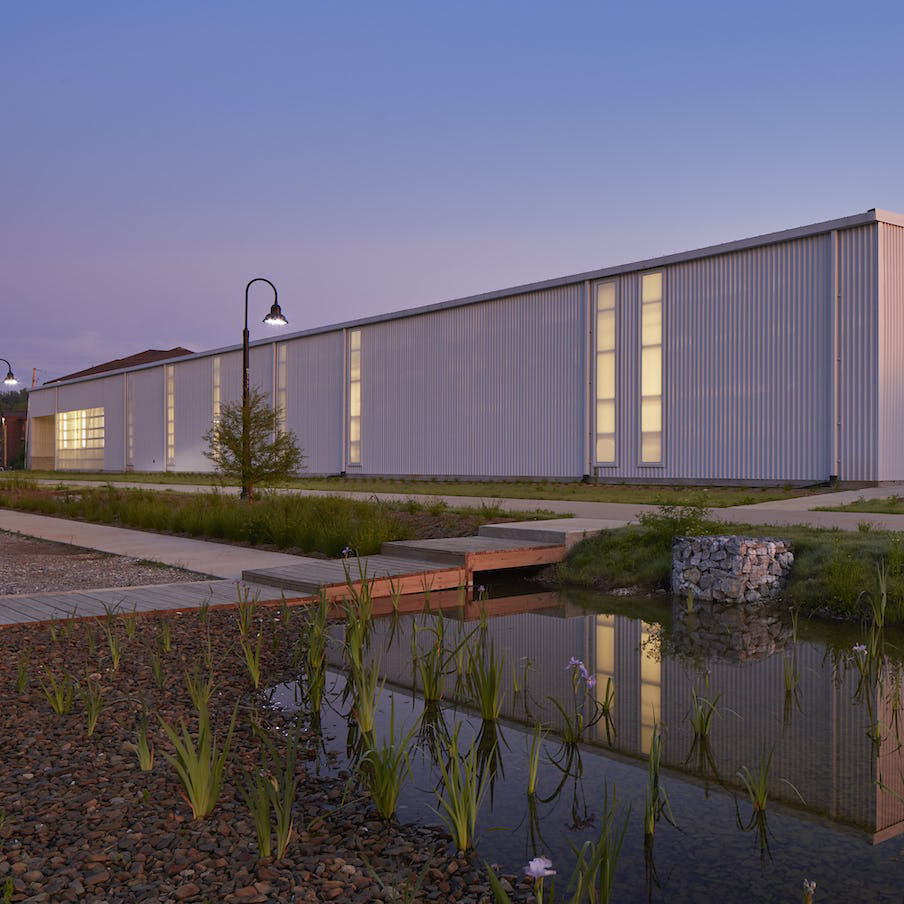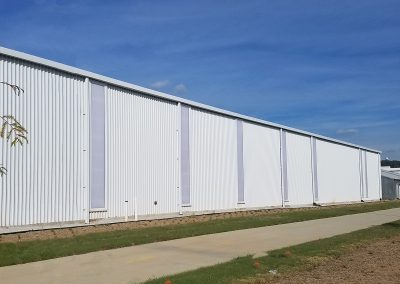Green Building Certification Programs
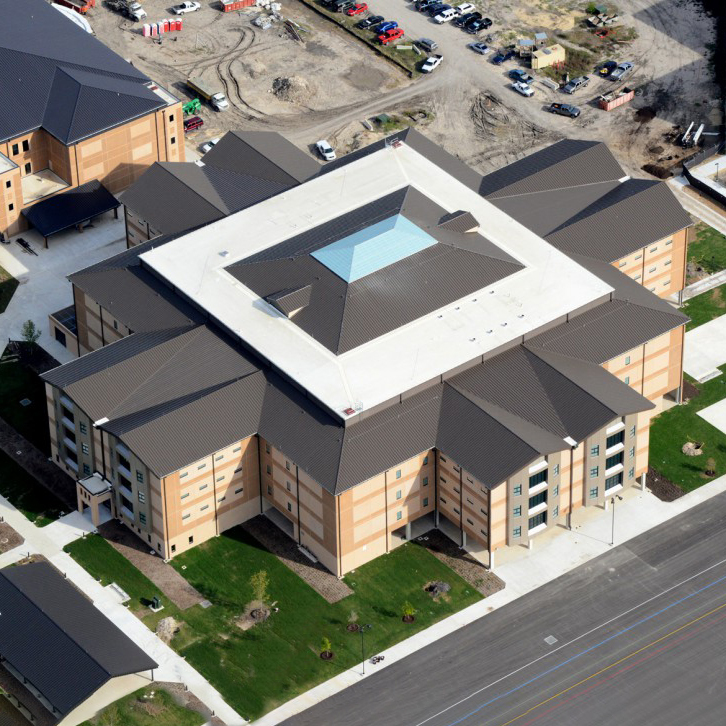
No matter which program you choose, the commitment to build based on what is good for the community as a whole is always a winning proposition.
Every new building project brings a fresh opportunity to provide the best atmosphere for the occupants and sustainability to benefit the environment. With FITWEL, WELL building standards and LEED, there is no shortage of certification programs. Which one is best for your green building project, or should you go for all three?
Green Building Certification Comparison
FITWEL (Facilities Innovations Toward Wellness Environment Leadership)
Over the span of 5 years, a joint initiative led by the US Centers for Disease Control and Prevention (CDC) and the General Services Administration (GSA) in addition to experts in public health and design worked to develop the certification program. The program places emphasis on the well-being of people within the environment more than the actual building itself.
- Based on a points system
There are more than 60 strategies for certification. Each strategy is self-scored via a point system. - Every point is voluntary
There are no prerequisites, it’s all voluntary how you’ll apply the strategies and how much you’ll put into each strategy. When you apply for certification you’ll get opportunities for improvement and the information needed to help you get there. - Program based on evidence.
All points are assigned based on scientific data. Those strategies that have been proven more successful get more points.
The program is affordable because there are no prerequisites. The certification process is easy to complete via the web with a friendly web-based scorecard. The scorecard itself measures health within 12 overarching sections including location, building access, vending machines (snacks), outdoor spaces, indoor environment, water supply, and even stairwells.
FITWEL received the 2017 Top 10 Most Innovative Companies in Social Good by Fast Company for promoting social good in the workplace.
WELL Building Standard
The WELL Building Standard® is a performance-based system for measuring, certifying, and monitoring features of the built environment (air, water, light, comfort) that impact human health and well being.
It could be argued that this program is the same as FITWELL but there are distinct differences. WELL was the first program to address the health and well being of building occupants. And even though there are similarities, WELL places emphasis on environmental issues.
There is a great deal of medical research that finds a significant connection between an individual’s health and the buildings where people spend so much of their time. With the WELL program, buildings are certified based on environments that improve fitness, mood, sleep patterns, and nutrition.
The process for certification is a bit more involved than FIT and includes the following steps:
- Registering for the program
- Pre-certification
- Provide documentation and performance verification
- On-site visits
The WELL Building Standard® is third-party certified by the Green Business Certification Incorporation (GBCI), which administers the LEED certification program and the LEED professional credentialing program.
LEED (Leadership in Energy and Environmental Design)
LEED is the most well-known and used green building rating system in the world. Like FIT & WELL, it can be applied to all building types. The LEED focus is on healthy, highly efficient, and cost-saving green buildings.
While FIT & WELL focus on people, LEED focuses on the physical building itself. Sustainability is the key to LEED so while healthy buildings are good for people in terms of lighting and energy, the emphasis is on how the building impacts the global environment. LEED-certified buildings when well maintained, produce fewer waste products and are more energy efficient than they would be otherwise.
LEED certification is also the most intensive of these three systems requiring vigorous documentation, pre-certification, site visits, and performance reviews. More than just a nice wall plaque; buildings with LEED certifications benefit from higher tax breaks, which can result in literally millions of dollars in savings over time.
While all three of these programs provide a benefit to people and the environment, the certification you choose to pursue will most likely be based on a combination of goals, the budget for certification, and any financial incentives or cost savings over time. The ability to have a facility that promotes healthy workers and work habits will obviously lead to savings in terms of talent attraction and retention as well as productivity. The ability to have a building that is at zero / near zero net energy provides a benefit in terms of energy costs, water usage, and resource conservation. No matter which program you choose, the commitment to build based on what is good for the community as a whole is always a winning proposition.
More From This Category
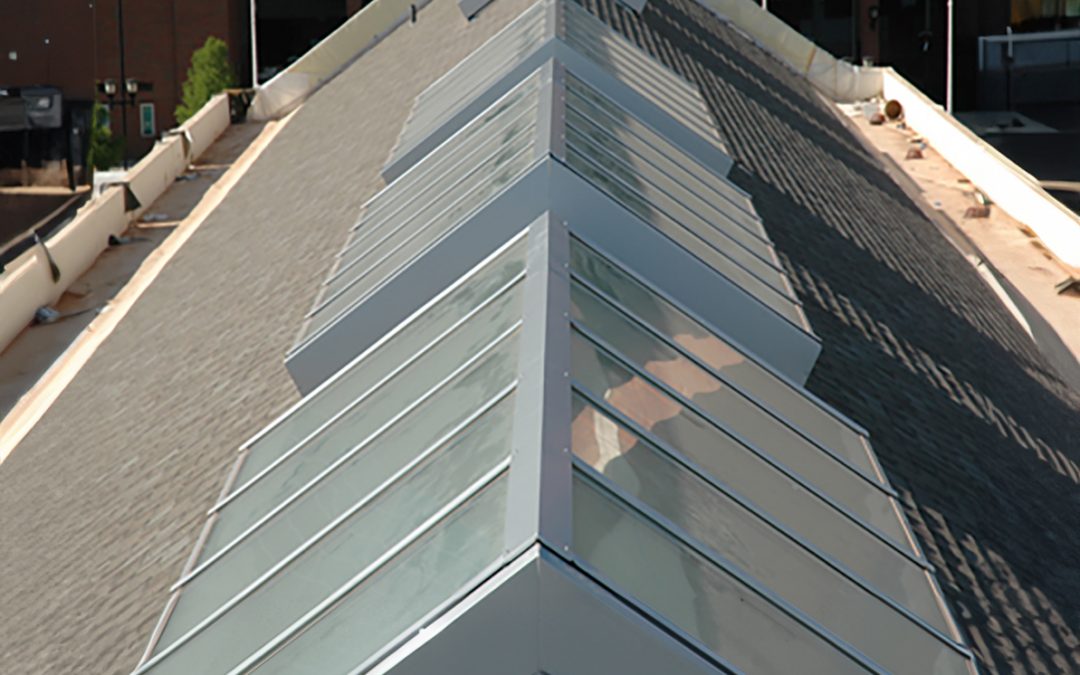
The 4 Types of Ridge Skylights
Four types of ridge skylightsRidge skylights combine aesthetic appeal with functional...

Why Businesses Are Choosing Reglazing for Skylights and Glazed Structures
Rather than entirely replacing skylights or glazed structures, reglazing just the IGUs provides...
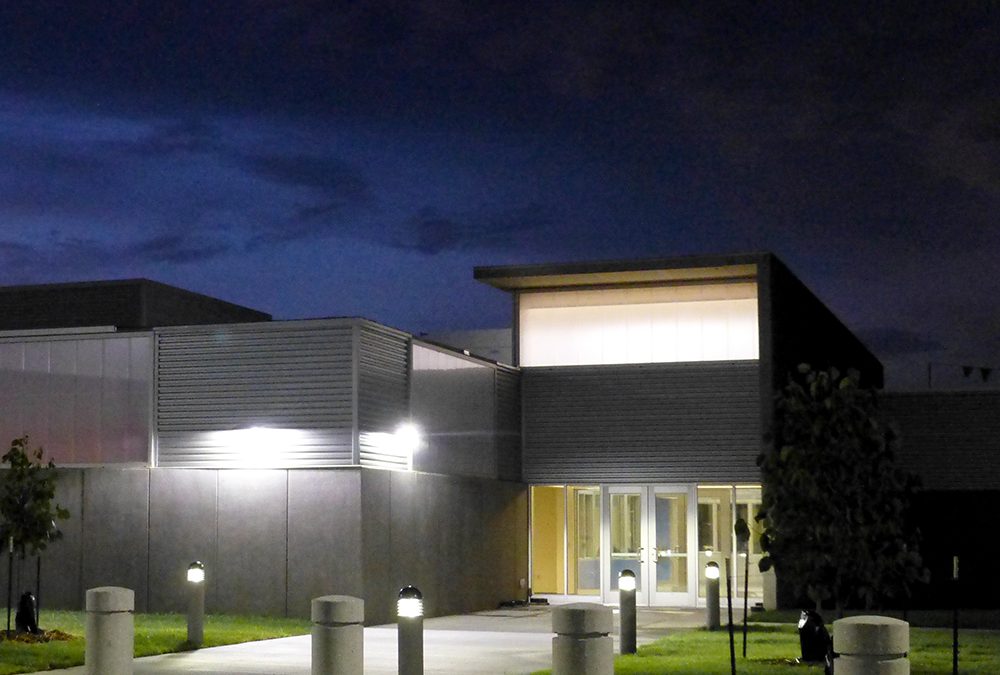
Polycarbonate clerestories are shedding new light on energy-efficient daylighting.
Polycarbonate provides translucent brilliance in filtering natural lightA clerestory is an...
